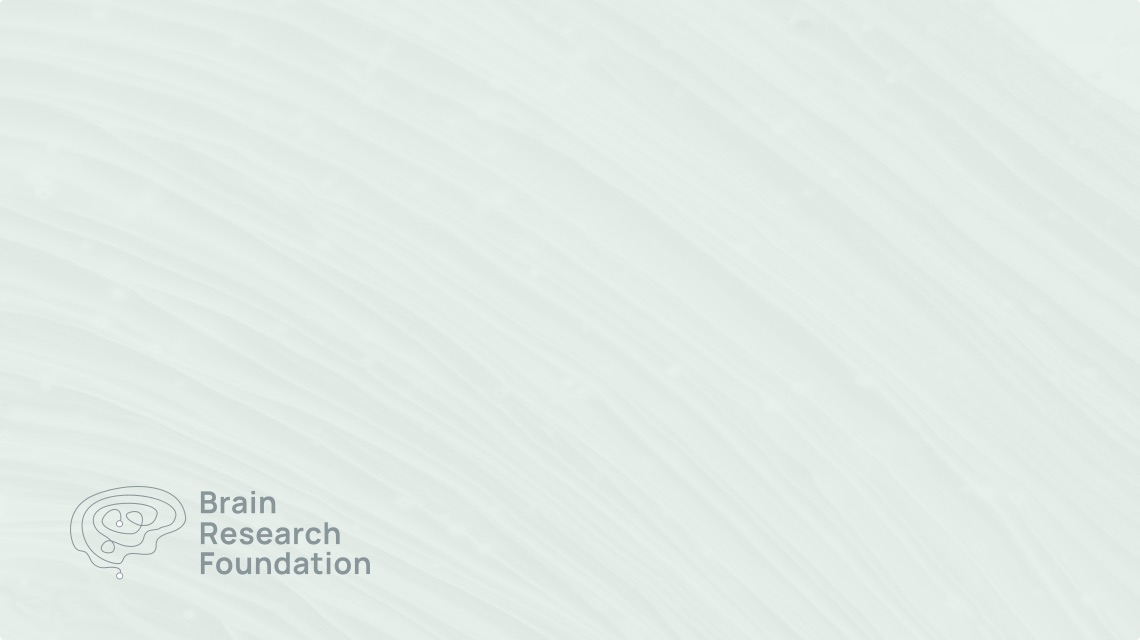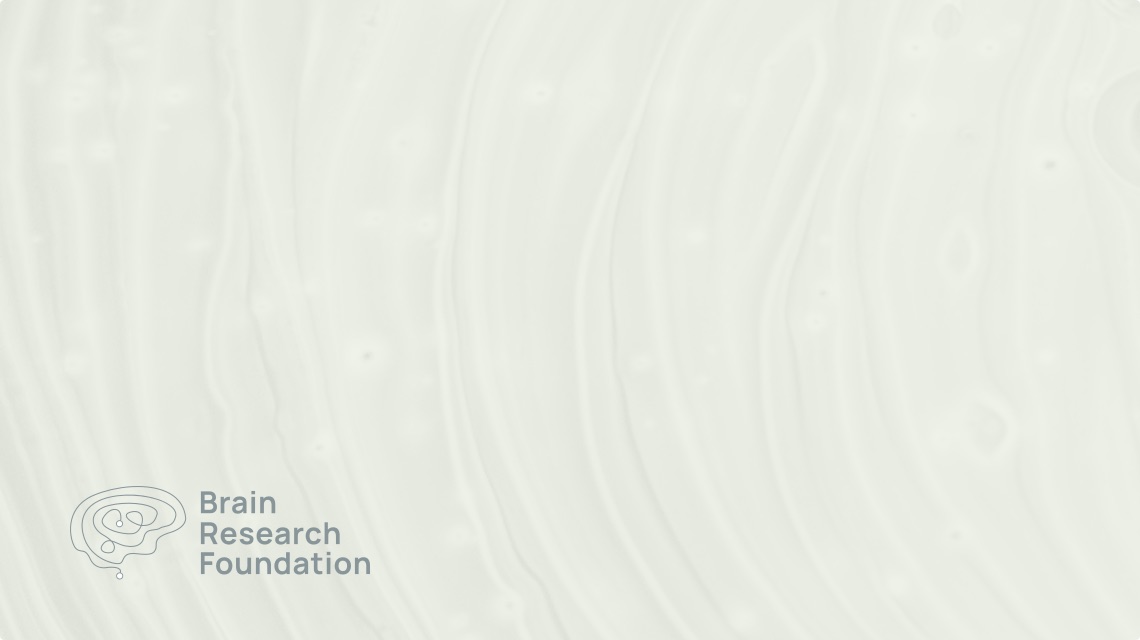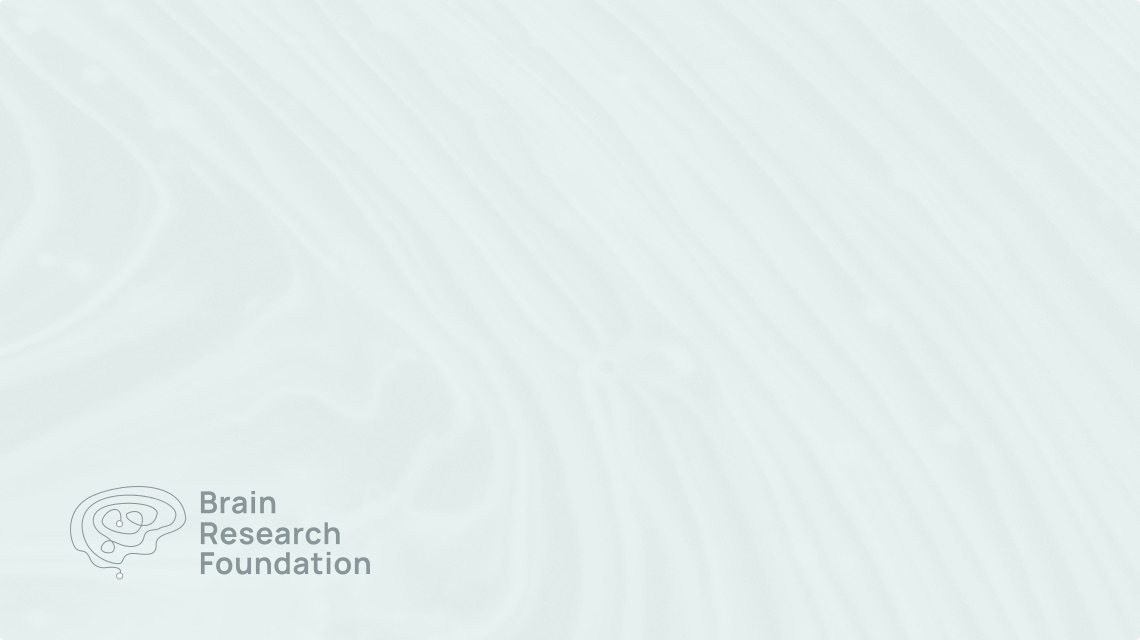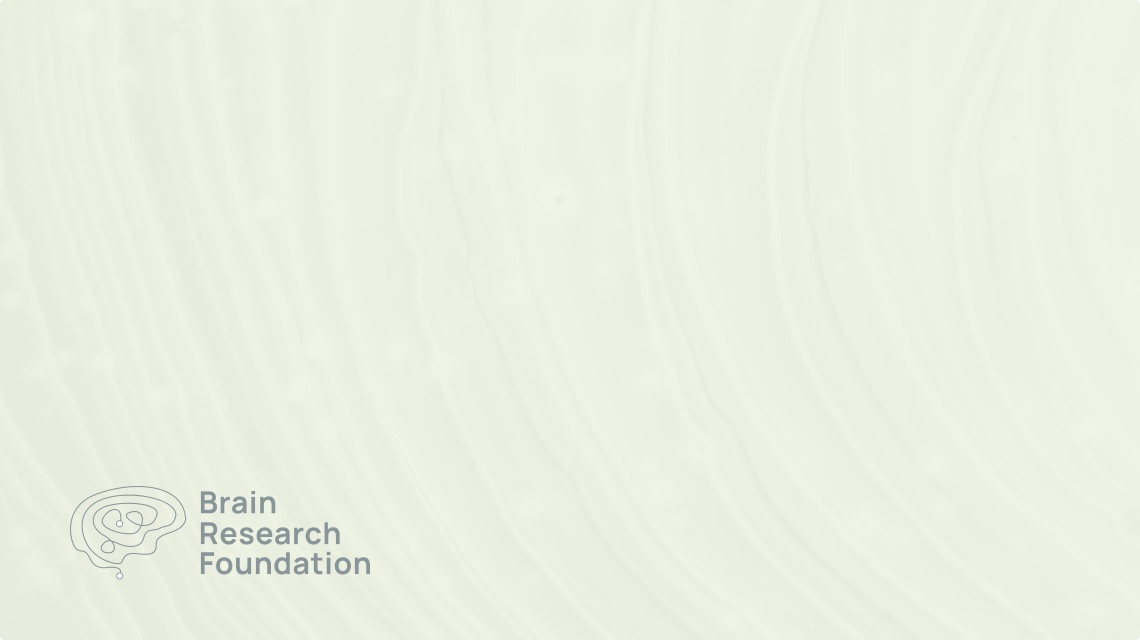Optogenetics in the Behaving Primate: Using Light to Study Cortical Function
2012 Scientific Innovations Award
W. Martin Usrey, Ph.D.
Center for Neuroscience University of California, Davis
All of our conscious perceptions and cognitive actions depend critically on the neural computations performed by cortical circuits—the network of connections made by neurons in the cerebral cortex. Given the central importance of cortical circuits in mediating complex behavior, it is essential that we have the tools necessary to study these circuits during behavior, as disruption of cortical processing underlies numerous disease states and disorders, including epilepsy, schizophrenia, and Alzheimer’s disease.
Dr. Usrey and his lab propose a strategy for studying the function of cortical circuits in the behaving non-human primate using the latest technology for selectively inactivating specific classes of cortical neurons. This strategy, called optogenetics, uses light to silence cortical neurons that have been transfected to express the light-sensitive chloride pump called halorhodopsin, which is derived from phototaxic bacteria. Using an innovative approach, they will selectively express this inhibitory pump in the subclass of cortical neurons that provide feedback communication to the thalamus. These feedback neurons are believed to play a critical role in providing the thalamus with top-down cognitive signals that modulate the strength of thalamocortical communication, a role that has yet to be directly tested. In implementing this novel use for optogenetics to study corticothalamic circuits in the behaving primate, Dr. Usrey will develop an optical stimulation system that is compatible with both electrophysiological and fMRI recording methods. As a consequence, the strategy and tools they develop will have broad application to all areas of neuroscience and provide a much needed bridge between molecular, cellular, systems, and cognitive neuroscience.



